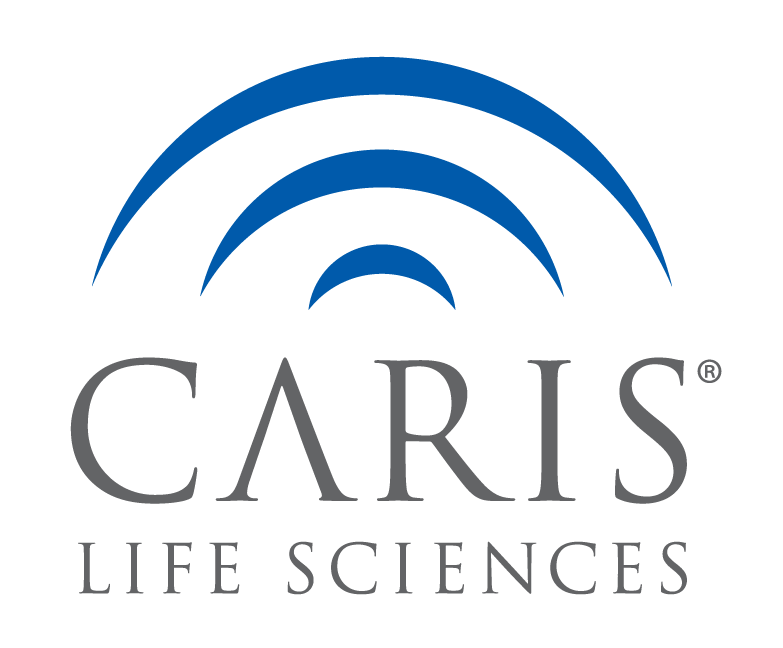Background:
Small cell bladder cancer (SCBC) and small cell prostate cancer (SCPC), two malignancies histologically identical to small cell lung cancer (SCLC), are rare and aggressive subtypes of bladder and prostate cancer. Standard therapy remains a platinum agent combined with etoposide, with few options after recurrence. Advances in molecular genomics and drug development have altered our approach to cancer. These same novel approaches may alter how we approach SCBC and SCPC. The purpose of this study is to identify potential targets and compare molecular profiles of SCBC and SCPC with SCLC.
Methods:
Retrospectively, 21 SCBC and 19 SCPC were identified from a de-identified database (Caris Life Sciences). Specimens were evaluated for geneTc aberrations (Sanger sequencing or next generaTon sequencing [NGS] using either a hot-spot or whole exome plaeorm, FISH/CISH) and/or protein expression (immunohistochemistry [IHC]). Comparisons were made against a de-identified cohort of SCLC (n=428).
Results:
Pathogenic/presumed pathogenic mutations in SCBC were found in TP53 (91.7%, 11/12), RB1 (18.2%, 2/11), PTEN (8.3%, 1/12), EGFR (7.7%, 1/13), and PIK3CA (7.1%, 1/14). SCPC geneTc aberrations were detected in TP53 (72.7%, 8/11) and RB1 (25.0%, 2/8). No carcinomas in this cohort had a high mutational burden or MSI-high status (0%, 0/7). Amplified genes found in SCBC included DDR2 (50%, 1/2) and EGFR (25.0%, 1/4). In SCPC, gene amplification was found in AKT2 (20%, 1/5), CCNE1 (20%, 1/5), FGFR1 (20%, 1/5), and MYC (20%, 1/5). The highest protein expression rates in SCBC involved MRP1 (100%, 5/5), TOP2A (94.1%, 16/17), RRM1 (81.3%, 13/16), and TOPO1 (73.7%, 14/19). The highest protein expression rates in SCPC were MRP1 (100%, 6/6), TUBB3 (100%, 9/9), TOP2A (94.4%, 17/18), and TOPO1 (75.0%, 9/12). Comparisons between SCBC and SCPC with SCLC revealed more similarities than differences. Statistically significant differences were found between SCPC and SCLC in AR (p< 0.001) and PTEN (p=0.026) by IHC.
Conclusions:
Comparisons of GU small cell carcinomas reveal similariTes to SCLC. Both TP53 and RB1 mutations, common alterations in SCLC, were found in both SCBC and SCPC. Amplification in genes CCNE1 and FGFR1, frequently identified in SCLC, were also found in SCPC. The high protein expression in biomarkers like MRP1, RRM1, and TUBB3 may explain the poor response to cytotoxic chemotherapy. Prospective studies are urgently needed.

